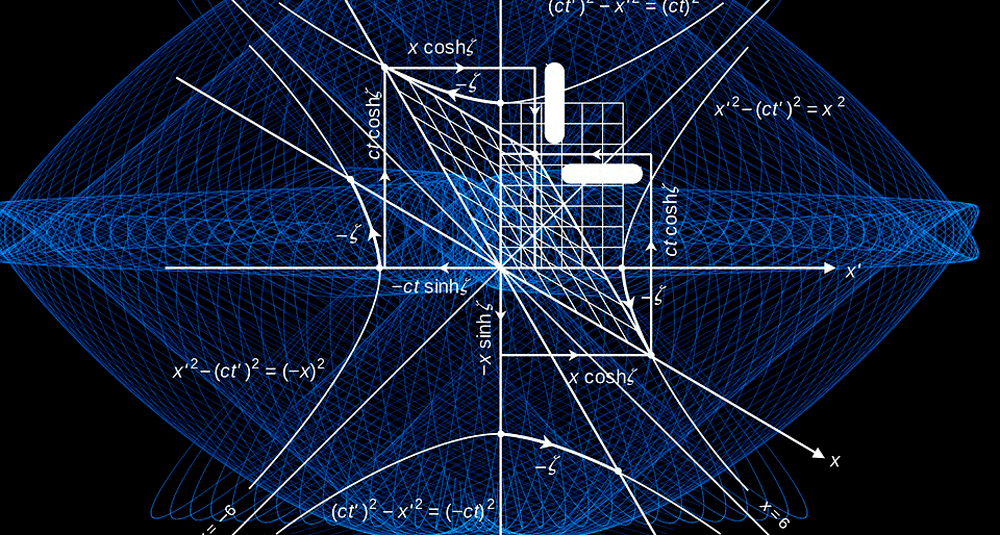A triangle can be equidistant or equilateral?
Last Updated:
A triangle can be equilateral, but not equidistant. An equilateral triangle is a geometric figure whose three sides have the same length and whose three angles are equal, each measuring 60 degrees. This property makes the equilateral triangle a special type of isosceles triangle, in which at least two sides are equal. In an equilateral triangle, all geometric properties are perfectly symmetrical.
In an equilateral triangle, all sides have the same length. If one side measures a, the other sides also measure a.
The internal angles of an equilateral triangle are all equal, and each measures 60 degrees. This follows from the geometric rule that the sum of a triangle’s internal angles is always 180 degrees.
An equilateral triangle is perfectly symmetrical. It has three axes of symmetry passing through each vertex and the middle of the opposite side.
In an equilateral triangle, the height, median and bisector of an angle coincide. They intersect at the same point, called the center of the triangle.
The area of an equilateral triangle can be calculated using a specific formula that includes the length of one side of the triangle.
The height of an equilateral triangle can be determined by a formula that divides the triangle into two equal right-angled triangles.
The radius of the inscribed circle in an equilateral triangle and the radius of the circumscribed circle can be calculated using specific formulas.
Equilateral triangles are commonly used in various fields of science and engineering. This is the case, for example, in architecture and design:
In architecture and design, their symmetry and stability make them popular choices for architectural structures and design patterns.
In mathematics, they are used in theorems and geometric demonstrations.
In physics, equilateral triangles appear in molecular structures and crystal lattices.
A triangle can be equilateral, meaning that all its sides and angles are equal, giving it unique symmetry and geometric properties. This characteristic makes it a fundamental and frequently used figure in geometry and in a variety of practical applications.
You may also be interested in
sciences

A triangle can be equidistant or equilateral?
Answer
A triangle can be equilateral. An equilateral triangle has three sides of equal length and three equal angles of 60 degrees.